NASA Astronomy Picture of the Day 19 January 2023: Bewitching Star-forming Seagull Nebula
NASA Astronomy Picture of the Day 19 January 2023: Bewitching Star-forming Seagull Nebula located in the constellation Monoceros.
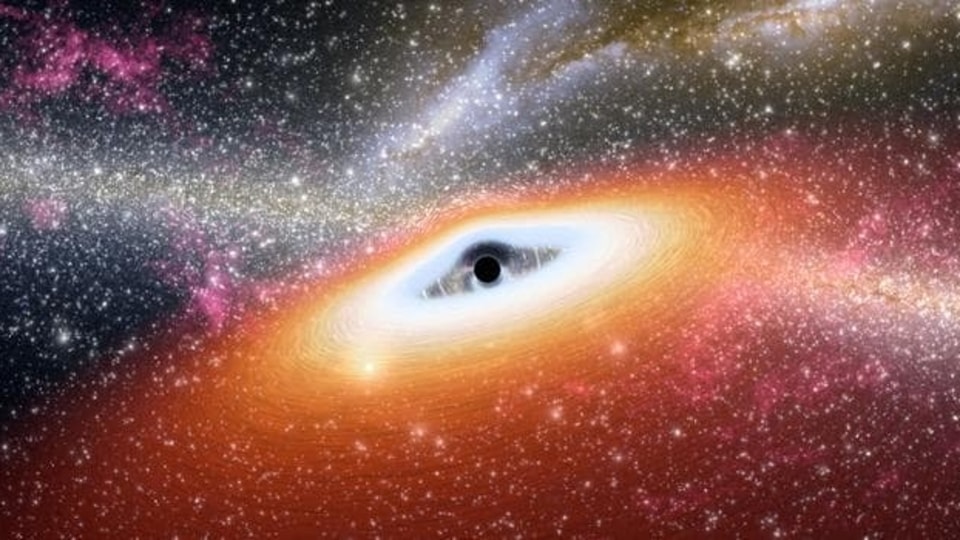
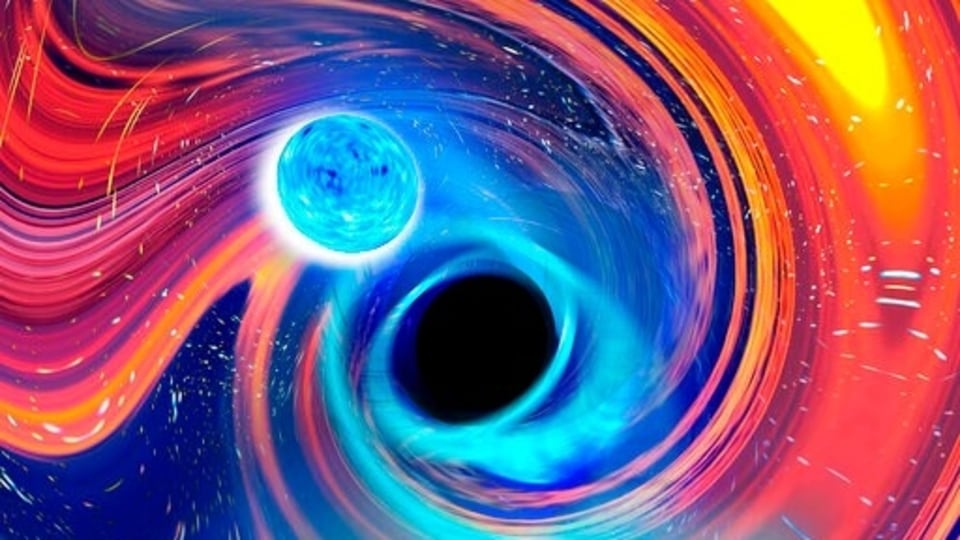

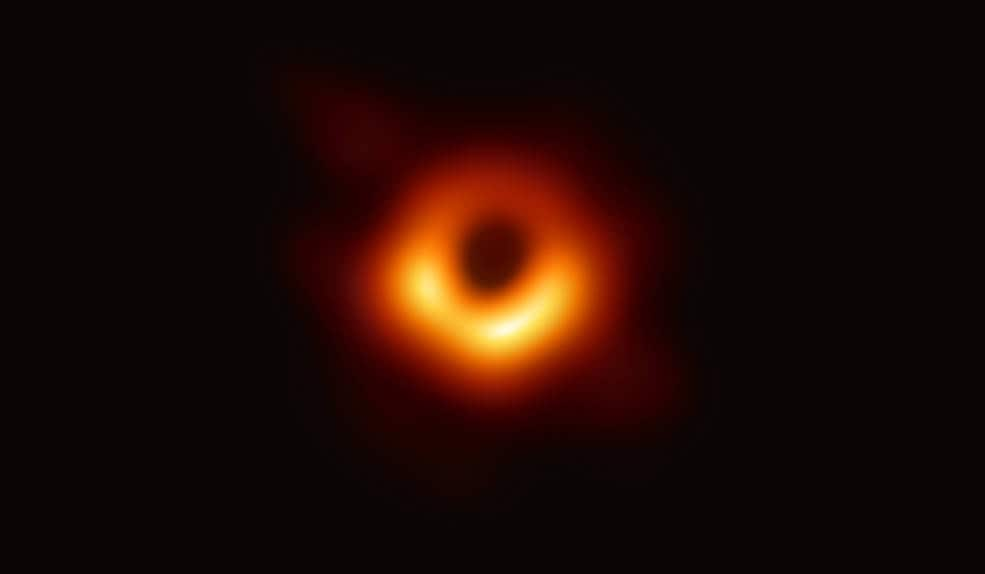
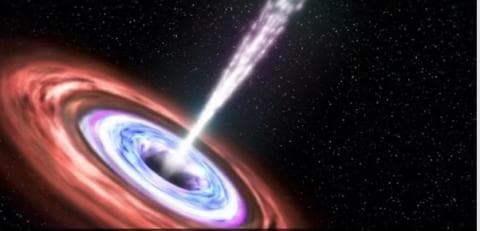
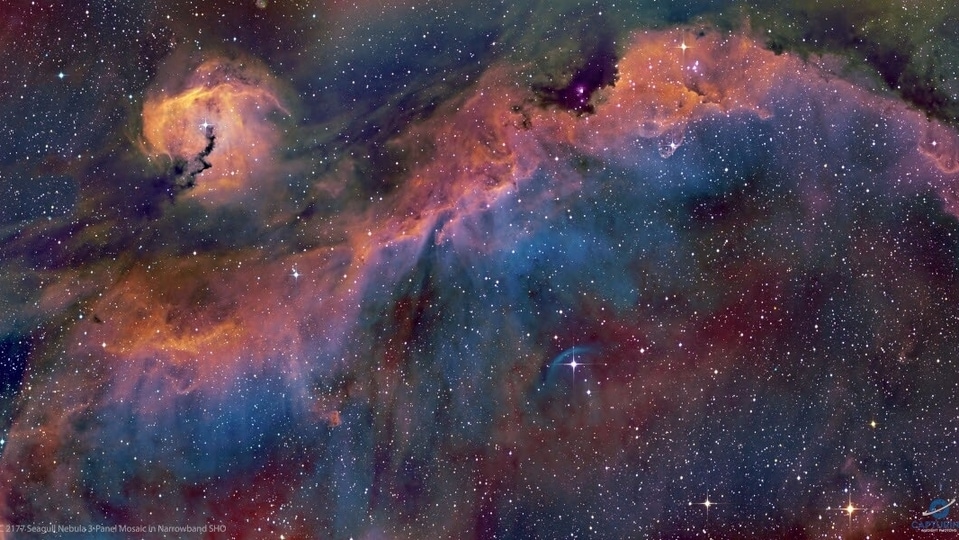
 View all Images
View all ImagesNASA defines stars as the most widely recognized astronomical objects, and represent the most fundamental building blocks of galaxies. They are celestial objects millions of years old floating in space. The older and bigger the star, the brighter it appears. But how are these bright and shining objects formed? Wellm stars are formed in star-forming regions called Nebulas. The makeup of a Nebula consists of gases, mainly hydrogen and helium.
Gravity within a molecular cloud causes the gas and dust to collapse, forming dense cores. As the cores grow denser and hotter, they begin to fuse hydrogen atoms into helium, which releases energy in the form of light and heat. Once a core reaches a certain temperature and density, a new star is born in a Nebula.
NASA's Astronomy Picture of the Day is a bewitching snapshot of the Seagull Nebula which is a star-forming region located about 3800 light-years away from Earth in the constellation Monoceros. The nebula gets its name as it appears to have the shape of a seagull in the sky when observed through a telescope. A star cluster named NGC 2362 is embedded in this star-forming region which illuminates the surrounding dust and gas.
The image was captured by Carlos Taylor, an amateur astrophotographer.
NASA's explanation
A broad expanse of glowing gas and dust presents a bird-like visage to astronomers from planet Earth, suggesting its popular moniker - The Seagull Nebula. Using narrowband image data, this 3-panel mosaic of the cosmic bird covers a 2.5-degree swath across the plane of the Milky Way, near the direction of Sirius, alpha star of the constellation Canis Major. Likely part of a larger shell structure swept up by successive supernova explosions, the broad Seagull Nebula is cataloged as Sh2-296 and IC 2177.
The prominent bluish arc below and right of center is a bow shock from runaway star FN Canis Majoris. This complex of gas and dust clouds with other stars of the Canis Majoris OB1 association spans over 200 light-years at the Seagull Nebula's estimated 3,800 light-year distance.
Catch all the Latest Tech News, Mobile News, Laptop News, Gaming news, Wearables News , How To News, also keep up with us on Whatsapp channel,Twitter, Facebook, Google News, and Instagram. For our latest videos, subscribe to our YouTube channel.































